Skagit County Local News & Articles
Explore Mount Vernon, Coupeville, Anacortes, Oak Harbor and other nearby cities in Skagit Conty.
-
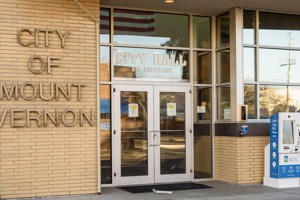
The Vital Role of Local Businesses in Mount Vernon's Thriving Economy
Mount Vernon, Washington, nestled amidst the scenic beauty of Skagit County, boasts a vibrant and diverse economy. At the heart of this success lies the unwavering dedication and innovation of its local businesses. These businesses, ranging from charming boutiques and family-owned restaurants to cutting-edge tech startups and established manufacturers, contribute significantly to the city's economic well-being in numerous ways.
-

The Charm of the Countryside: Skagit Valley Farmers Markets
Skagit Valley, nestled in the heart of Washington State, is renowned for its fertile lands and agricultural heritage. This region, with its picturesque landscapes and rich soil, hosts some of the most vibrant and diverse farmers markets in the Pacific Northwest. These markets not only offer fresh, locally-sourced produce but also act as a community hub where locals and visitors alike can connect with the roots of Skagit Valley.
-

Best Hiking Trails near Mount Vernon, WA
Mount Vernon has 50+ multi-purpose trails that are simple to access. For enjoyment, camaraderie, and safety, walk with a partner. Enjoy year-round hiking on an extensive network of hiking trails through municipal parks and greenways, with views of the Skagit River and the mountains.
-
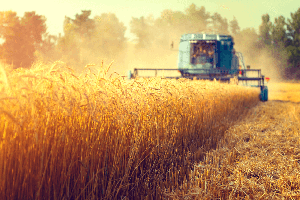
Agriculture in Whatcom County
Whatcom County's economy has been based on agriculture for millennia. As one of the most productive farming regions in the United States, Whatcom County is home to well-known brands such as Twin Brook Creamery, Bellewood Acres, Edaleen Dairy, Boxx Berry Farm, Darigold and Hopewell Farm, among others. The county has more than 100,000 acres of fertile farmland in the Pacific Northwest.
-
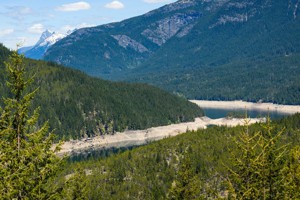
Fishing Lakes in Skagit County
Skagit County, a short drive from Seattle, has a plethora of fishing opportunities in its numerous lakes, a few rivers, and Puget Sound.
-
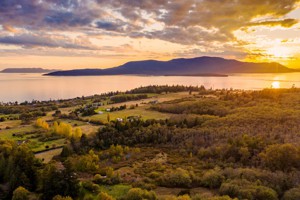
Cost of Living in Island County
Island County is a Washington State county. Its population is 85,000 people. Its county seat is Coupeville, and the largest city is Oak Harbor.
-
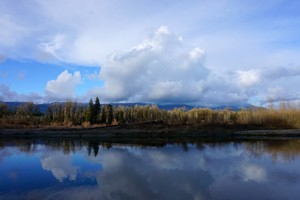
Cost of living in Skagit County
Skagit County is a Washington State County, United States. The population of the county is 124 000 people. The administrative center of the county is Mount Vernon. Skagit County was founded in 1883.
-
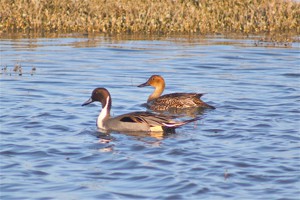
Island County fish and wildlife projects
According to the US Census Bureau, the county has a total area of 517 square miles, of which 208 square miles is land and 309 square miles (60%) is water. It is the second-smallest county in Washington by area.
-

A Cavalcade through Cascadia
Feeling a bit cooped up? Come out of your shell with one of these day trips from Sedro Woolley. Every region has its gems. But the area around Sedro-Woolley is a veritable treasure trove of riches.
-
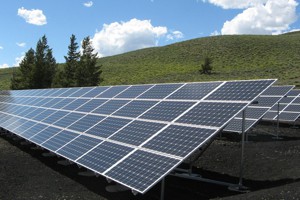
Renewable Energy use in Skagit County
Skagit County, a county in Washington state with a population about 117,000. Washington intends to completely switch to renewable energy by 2032. Such a law was passed by the District of Columbia City Council. The new policy involves the transfer of the grid to clean sources.
-
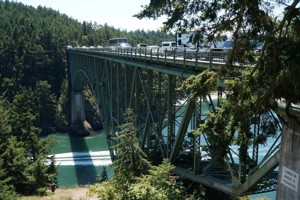
Summer activities in Skagit County
Skagit County is a wonderful place that is well known for its fertile valley of the Skagit River and extensive tulips cultivation. Skagit County is a pretty good place to spend your summer.
-
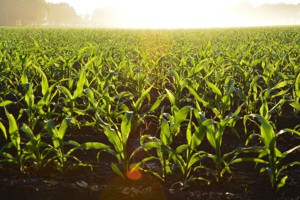
Food Manufacturing industry in Skagit County
Skagit County is well known for its agriculture sector. In 2018, nevertheless, the U.S. Bureau of Economic Analysis (BEA) announced that manufacturing was the biggest contributor to county real gross domestic product (GDP).
-

History of Lincoln Theatre in Mount Vernon
Lincoln Theatre, based in Mount Vernon, Washington state, was initially constructed in 1926. It was a silent movie and vaudeville house. At present it a place where different kinds of movies are shown, as well as concerts and other activities are held.
-
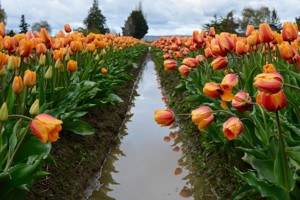
Agriculture Industry in Skagit County
One of the most fertile region in the United States is Skagit County. It is known for its different bounty of crops, agricultural products, forestry products and aquaculture. People, living in Skagit County engage in local food movement and agriculture sustainability initiatives in the Pacific Northwest. Thanks to these initiatives that combine research and technology, producing new jobs, the local agricultural industry is developing and supports the economy of Skagit County.
-
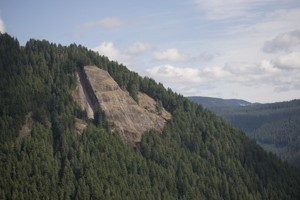
Air Quality in Skagit County
The total area of Skagit County, according to the U.S. Census Bureau, is 1,920 square miles. 1,731 square miles is land and 189 square miles is water. This land is famous for its good fertility. Being the center for cultivation of strawberries and tulips, Skagit County has four national protected areas: the North Cascades National Park, the Pacific Northwest National Scenic Trail, the Ross Lake National Recreation Area and the Mount Baker-Snoqualmie National Forest.
-
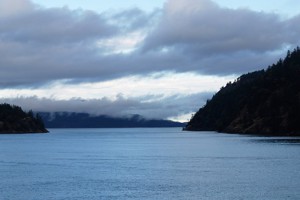
Best Places to See in the Skagit Valley
Skagit Valley is a watchable wildlife paradise. It's the perfect place for a getaway all year round. If the weather's nice, you can enjoy hiking, rafting or just sitting at a dockside bench.
-

Anacortes History
In 1791 Narvaez of the Eliza Expedition discovered and named Guemes Island and Padilla Bay. Just a year later, Master Joseph Whidbey of the Vancouver Expedition discovered Deception Pass and Whidbey Island. Both were named by Captain George Vancouver.The animal population of sea otter, beaver, and other fur bearing animals was seriously depleted by trappers. Hudson Bay Company had a small trading post at Pass Lake.
-

La Conner History
The Town of La Conner which has a population of approximately 770 is located along the eastern shores of the Swinomish Slough just a few miles south of Highway 20.
-

Mount Vernon History
Jasper Gates and Joseph Dwelley first settled on the banks of the Skagit River, where the City of Mount Vernon now lies, in 1870. Later on, Harrison Clothier came to the community to teach school and got into business with a former student, E.G. English. They were later recoginized at the city's founders.
-
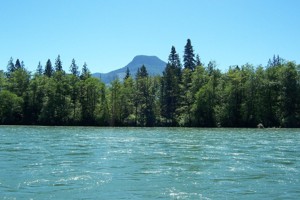
Upper Skagit Valley History
Early settlers came to the Baker River in 1871, originally calling the settlement on the west bank "Minnehaha". In 1890, the townsite was platted by Magnus Miller, a post office was set up, and the name "Baker" was adopted. On the east bank of the river, the community that sprang up around the Washington Portland Cement Company (1905) was named "Cement City". After the Superior Portland Cement Company plant (1908) was built in Baker, it was decided to merge the two towns, and in 1909, after much discussion, the new community settled on the name "Concrete".